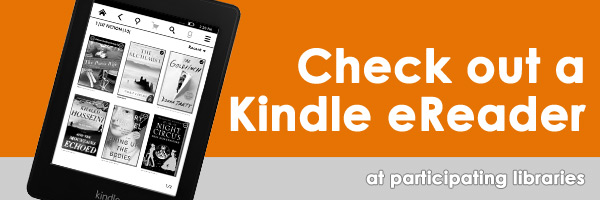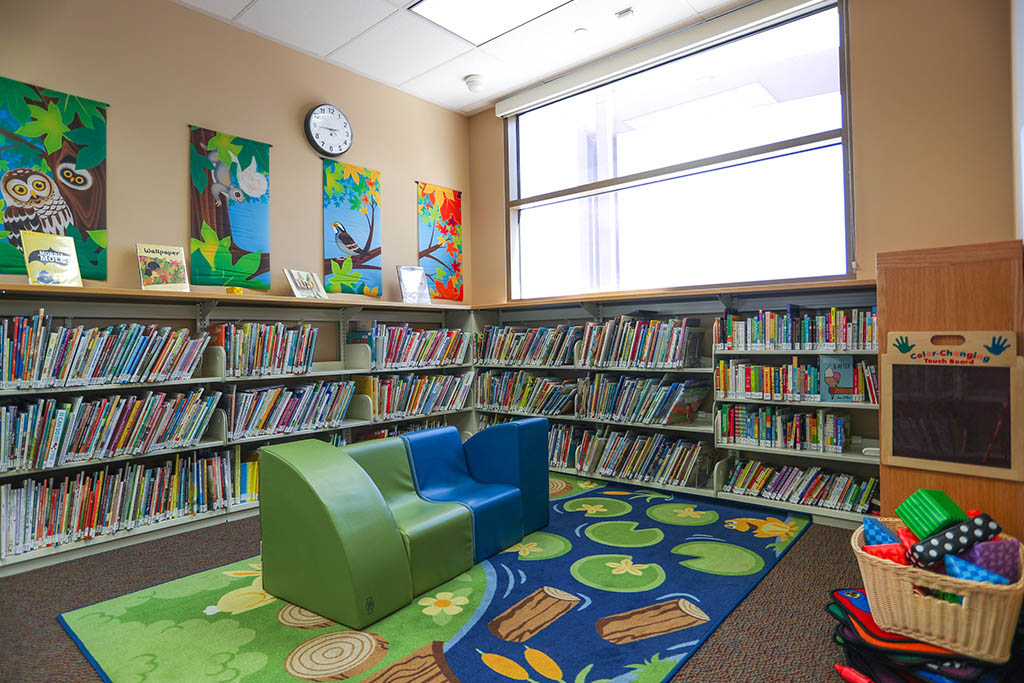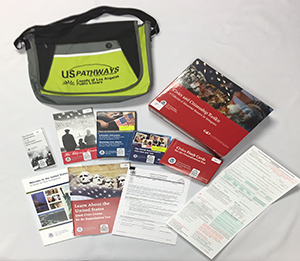Introduction
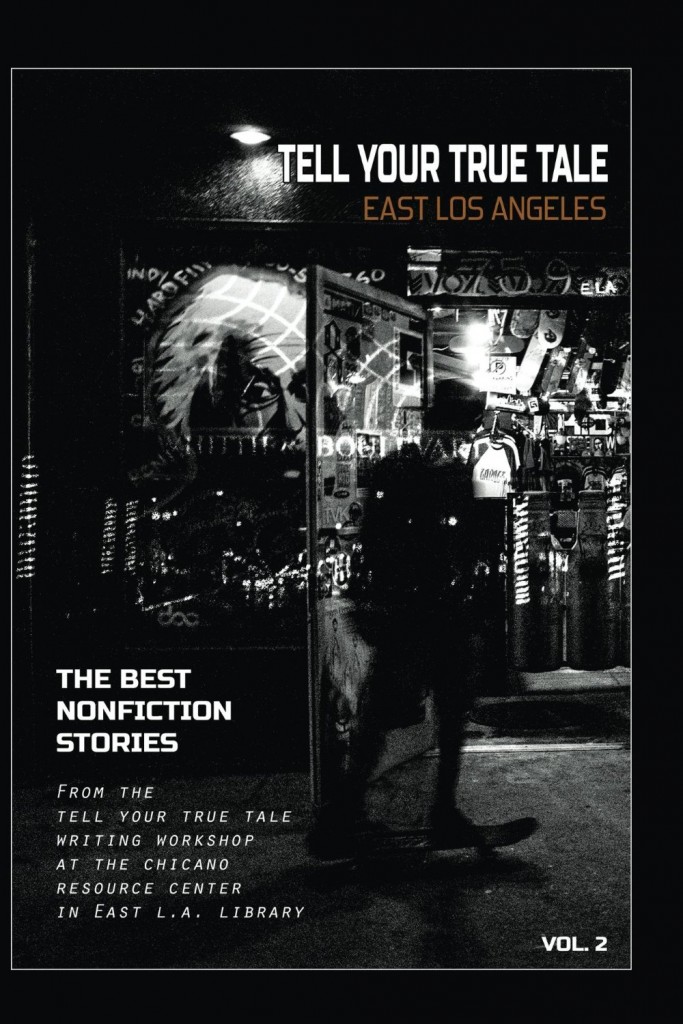
The story of an almost-blind Czech child and that of an East L.A. boy fascinated with Albert Einstein. A girl running off to Mexico at 16 to marry a man she can’t understand. A gang member painting a mural to his barrio. A bracero coming to save the crops during World War II and a young man helping a friend cross the U.S.-Mexico border. A woman dying alone with her memories and another haunted by spirits.
These are the stories you’ll find in this, the second volume produced by eight new authors in my Tell Your True Tale writing workshop at East L.A. public library.
The thin volume you hold in your hands grew from an experiment tried in 2013. Daniel Hernandez and I began discussing a speech I had coming up at the Chicano Resource Center, which he directs, at the library.
I’d been doing these workshops occasionally over the previous five years. Up to that point, however, all had been connected to a speaking engagement at a high school or college – and one parochial elementary school. I had more than 50 stories up on my website (www.samquinones.com).
I designed the workshop to demystify writing by getting people writing stories from their own lives, or those of people close to them. This, I’ve found, is an effective way to teach some of the basics of storytelling, of getting people to begin to think like writers while, just as important, getting them energized to write. From there, I focus on interviewing, on finding the details that propel a story forward, on the importance of editing and rewriting, of finding a strong beginning and an even stronger ending.
I proposed a writing workshop at the library. Nothing like it had been tried at the library, as far as Daniel knew. But why not?
So in the fall of 2013 we gave it a try. The experience from that first six-week workshop was exhilarating, watching new writers find confidence and, from that, energy for the endeavor of translating a story from their minds to the page. The volume of seven stories it produced was a sublime mosaic of life in East Los Angeles, produced by people, most of whom had never published a word before that.
So, with the support of Susan Broman, chief of Adult and Digital Services at the Los Angeles County Library system, we tried it again.
We put out the word and eventually eight writers and I met over six Saturdays in the fall of 2014. Together, we discussed stories they might write. Then we talked about how they might structure them; how they might start them, end them, what new information they needed. As weeks passed and the stories took shape, we discussed how to pare them to the essentials and thus unleash their true power. I edited them, then I edited them again. They rewrote their stories, then rewrote them again – because writing is really rewriting. In rewriting, a writer learns the craft.
Six workshops later, we have this second volume, beautifully designed by one of the writers, Eric Franco Aguilar.
The stories you are holding are terrific tales, simply told. Yet the simplicity with which the authors present them belies the work they’ve put in to make them so. This is the point of the True Tale workshops: strong, clear writing takes some work. It requires discussion, rewriting. It bids the writer become a reporter, and discover the excitement of finding new facts, new details, new ways of understanding.
It is as exhilarating as birth – watching a story come to life, often in a shape the writer hadn’t imagined at the outset.
In her second Tell Your True Tale story, Olivia Segura recounts her father’s time as a bracero in a community in northern California during World War II when more than a hundred workers took sick.
Brian Rivera chronicles the trip some friends took to Tijuana to help another, recently deported, cross back into the United States.
Susanna Whitmore remembers the brief encounter with Mexican immigration officials as she was running away to Mexico to become a child bride.
Julio Navarro has forged the story of his aunt, a woman haunted by spirits while living an otherwise typical suburban life here in the United States.
Louie Flores tells us of his participation in painting the mural to Varrio Nueva Estrada, the gang he belonged to at the time.
Eric Franco Aguilar writes of the last days of his aunt in a room as she remembers the bitter and the sweet.
Ondrej Franek explains what life was like growing up in a Czech communist boarding school for “almost-blind” kids.
C.J. Salgado remembers his fascination with Albert Einstein and the possibilities El Genio offered to a boy growing up in East L.A.
None of this would be possible without the support of the Los Angeles County Library system, and, in particular, Susan Broman. I also thank Daniel Hernandez, for his willingness to take a risk on an idea that hadn’t been tried before.
We hope to do more workshops, both at East LA public library and at other branches of the country library system.
Meanwhile, enjoy these stories, in the second volume of Tell Your True Tale: East Los Angeles.
Then come write your own.
Sam Quinones
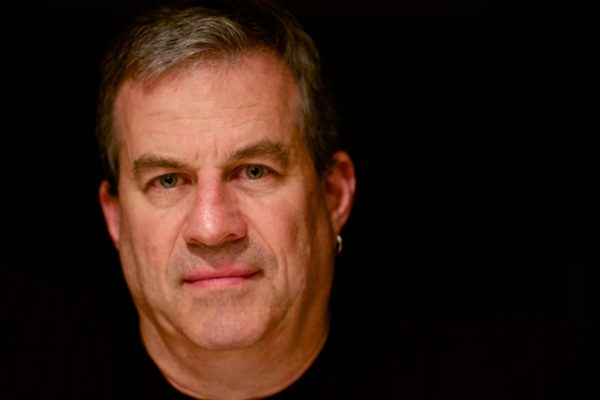
December 9, 2014


